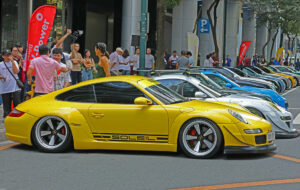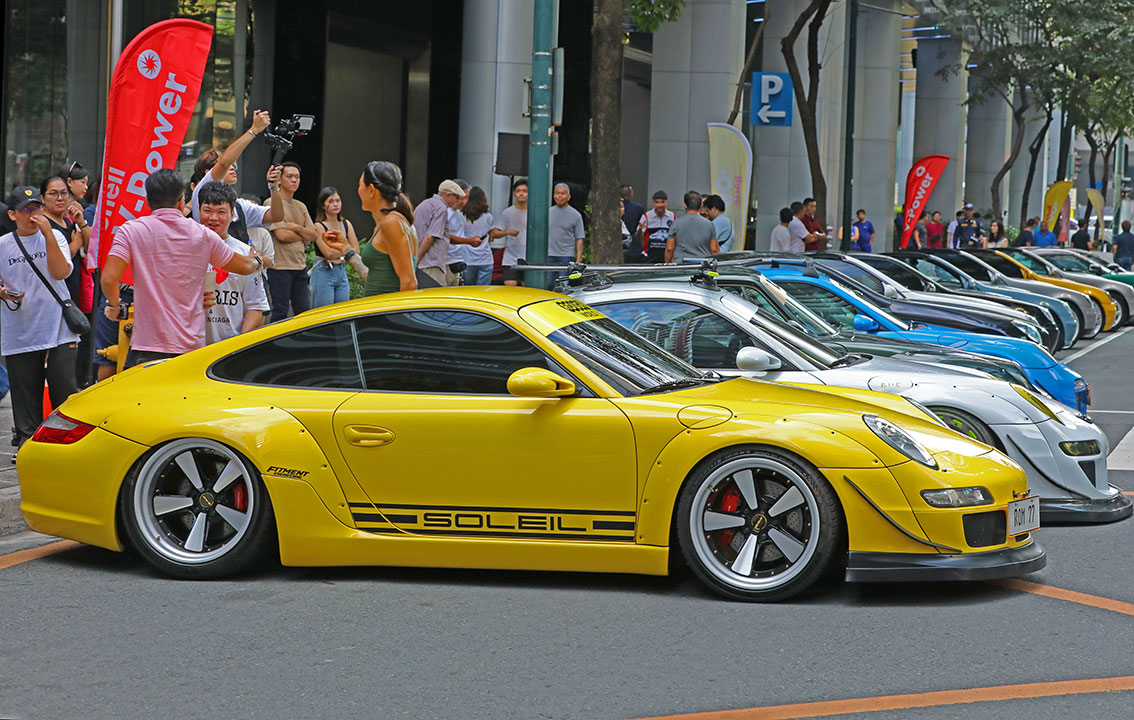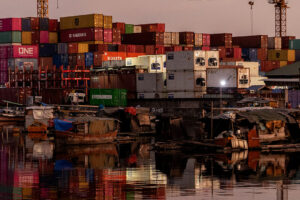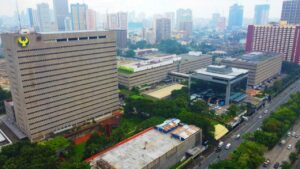
Auto sales on track to hit 500,000 by yearend

By Justine Irish D. Tabile, Reporter
THE Philippine automotive industry is on track to sell 500,000 units by yearend, an industry official said.
“The auto industry is doing very well. This year, actually, it is up by about 6% as of the first half. So it is really doing well,” GT Capital Auto and Mobility Holdings, Inc. (GTCAM) Chairman Vicente Jose S. Socco told reporters on the sidelines of the Auto Parts & Vehicles Expo 2025 on Friday.
Mr. Socco said the Philippine auto industry is the second-fastest growing in the region after Vietnam.
“I think (500,000 sales) is possible. As of the first half of this year, if we annualize it, I think we are tracking just about 490,000. So hopefully the second semester will not have any major hiccups or bumps along the road,” he added.
For this year, the Chamber of Automotive Manufacturers of the Philippines, Inc. (CAMPI) set a sales target of 500,000 units. Last year, the industry sold 467,252 units.
The latest report by CAMPI and the Truck Manufacturers Association (TMA) showed that new vehicle sales increased by 1.7% to 190,429 units in the January-to-May period, from 187,191 units a year ago.
“So, a very positive outlook for this year. Hopefully breaking half a million, that puts us in the same category as Malaysia, Thailand, and Indonesia. It’s really a very strong signal about the motorization of this country,” he said.
Mr. Socco said that the government’s push to expand infrastructure and road networks is also encouraging motorization.
“I think what we expect from the government is really how to promote more local component manufacturing. That’s very important,” he said.
“And I think now that the vehicle population is growing to half a million, we’re starting to get to the point where we have economies of scale. So I think this is something that we should be looking forward to,” he added.
Meanwhile, Mr. Socco said that the industry is still waiting on the specifics of the US-Philippines trade deal to gauge how this will impact the automotive sector.
“We are not exporting cars to the US. We are exporting components, and those might be affected. But as I understand it, the details are still being worked out,” he added.
Last week, US President Donald J. Trump announced that a 19% tariff will be imposed on Filipino goods entering the US market starting Aug. 1.
After his meeting with Mr. Trump, President Ferdinand R. Marcos, Jr. said the Philippines will open up the automotive sector to US imports as part of the trade deal.
“American brands are already present here. But for the most part, they are sourcing their vehicles from ASEAN, where there is already zero tariff,” Mr. Socco said.
For this reason, he said that US car brands will likely keep sourcing their vehicles from Southeast Asia as the shipping cost is much cheaper.
“But of course, with the zero tariffs, they can introduce more models. There are also completely built units that are not produced in the ASEAN region, which they may hope to bring into the market, which will be good for the consumers,” he added.
On Friday, Trade Secretary Ma. Cristina A. Roque said that the government is hoping to complete negotiations with the US by Aug. 1.
“We have already finalized the zero tariff, and then those that are not included, which are the agriculture products,” Ms. Roque said.
She said that the 19% US tariff is the final rate for now as it is what Mr. Trump has announced.
“But of course, they are still talking; of course everybody wants to bring it down,” she said.
However, Ms. Roque said the country has already given “the best we can give” during the negotiations with the US. “We cannot give agriculture, like sugar and rice,” she added.



